
This content is protected against AI scraping.
If you’re writing a conversation between two or more characters, you may run into the issue of characters talking at the same time. This is an easy thing to pull off in a TV show or a movie, but slightly trickier in a novel or a short story, so I thought I’d address it!
(By the way, I’m going to share a related post next week on how to write a great, believable argument between two characters. If you don’t want to miss it, be sure you’re subscribed to the blog—there’s a signup on the lefthand side of this page.)
Let’s look at some examples. You’ll notice that the solution to this issue usually involves just telling the reader that the characters are talking at the same time.
Examples in Back and Forth Dialogue
(“Back and forth dialogue” meaning, of course, that two people are talking and exchanging lines of dialogue.)
“Are you seriously considering stealing his car?” he asked.
“He’s got eighteen other cars,” I pointed out.
“It’s still a crime!” he said at the same time I added, “He’ll never notice.”
Now, if you wanted to have our protagonist friend interject right after our protagonist says, “He’ll never notice,” it would look like this.
“Are you seriously considering stealing his car?” he asked.
“He’s got eighteen other cars,” I pointed out. “He’ll never notice—”
“It’s still a crime!”
You can have a character cut off another character mid-word, but only if it’s a long word and the context lets the reader know what the complete word would’ve been. For instance:
She threw her hands up in the air. “Why did you even volunteer if you weren’t going to show up?”
“I didn’t exactly volun—”
“This is so typical of young people!” she said. I considered pointing out that I’d turned fifty the month before.
If you have two characters who are cutting each other off and talking over one another, it looks like this.
She threw her hands up in the air. “Why did you even volunteer if you weren’t going to show up?”
“I didn’t exactly volun—”
“This is so typical of young people! You think the world revolves—”
“Young people? I’m fifty years old!”
Now I’m going to point out something very important.
The dash used for interrupted dialogue is called an em dash.
It’s not a hyphen. It’s not two hyphens. It’s an em dash, sometimes called a long dash.
Here’s how to type an em dash.
If you’re working on a Word document on a Mac, you type it by pressing the Option key, the Shift key, and the Minus key at the same time. This is cumbersome at first, but it may very quickly become muscle memory, so you won’t even have to think about it.
If you’re working in Word on a PC, you press the Alt key and type 0151, which is genuinely a hassle.
I’m adding an explanation here: in my own experience, if you type in two hyphens that Microsoft Word turns into a long dash, that can create formatting problems when you’re putting it in an ebook file. Programs are getting updated all the time, so if this is no longer an issue, let me know!
Examples With Two or More People
It can be very funny to have two people give different answers to a third person’s question, and it looks like this.
His mouth fell open. “What are you doing in my office after midnight?”
“I left my phone here,” I said, at the same time Jacinta said, “We’re investigating you.”
Let’s say you want to show a few people talking at once. If we know who the characters are in the story, it could look like this.
Marianne’s pulse quickened. Hoping her voice wouldn’t shake, she said, “You’re a bunch of online bullies.”
They all objected at once.
“I wouldn’t call it bullying,” Brandon said, at the same time that Helen snapped, “Give me a freaking break.” Anna said something about having the right to share her opinion while Christopher was sputtering about how he’d been quoted out of context.
You probably noticed that this passage was in Marianne’s point of view, and she didn’t catch everything they said word for word. When you’re writing in one character’s point of view, the reader only perceives what that character perceives—and that character can only hear so many things at once!
What if you’re writing a story in which several people in a crowd simultaneously speak up? Just tell us they’re all talking at once, and then make each line of dialogue its own paragraph. Like this!
Linda took in a deep breath and concluded, “And that’s why Katie Craig should resign as mayor.”
Among scattered applause and boos, several voices rang out from the audience.
“No way!”
“Yes!”
“You’re the one who should resign!”
“That’s right, you tell ’em, Linda!”
I hope these dialogue examples have been helpful! If you have any other questions about dialogue, or some advice of your own about writing a conversation between characters, please share them in the comments.
Thanks so much for reading, and happy writing!

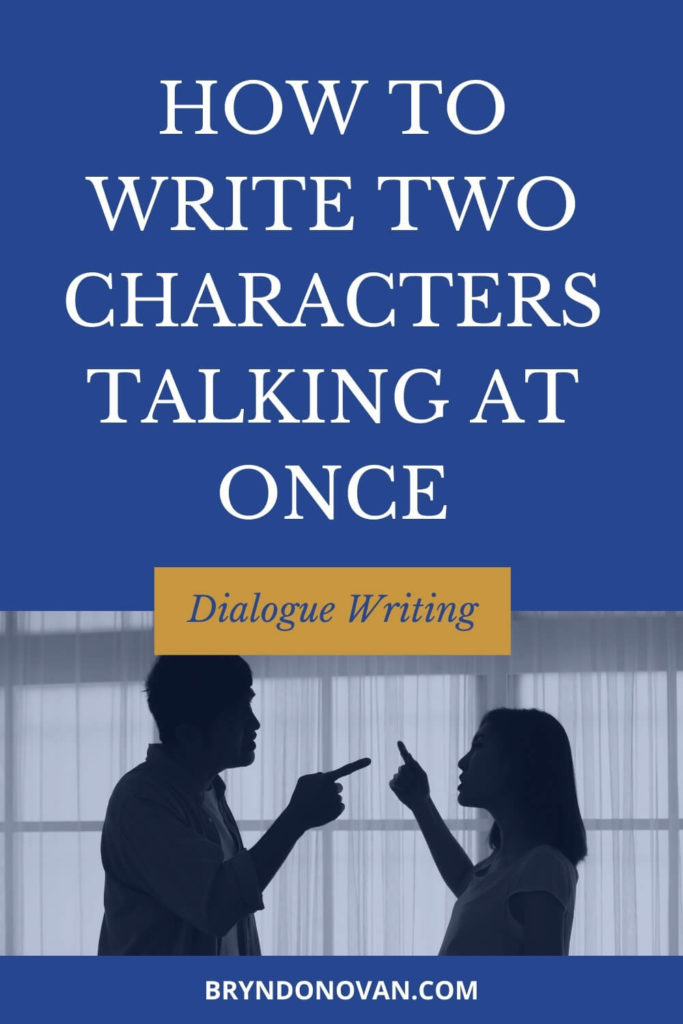
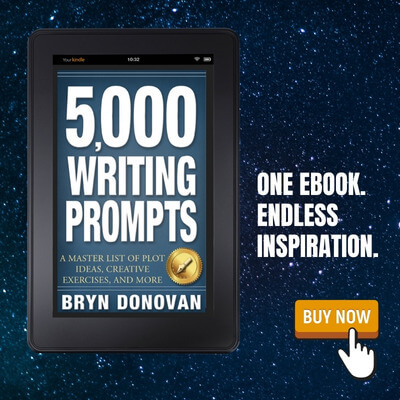





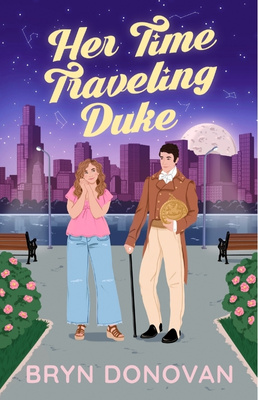
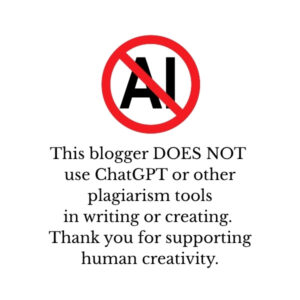
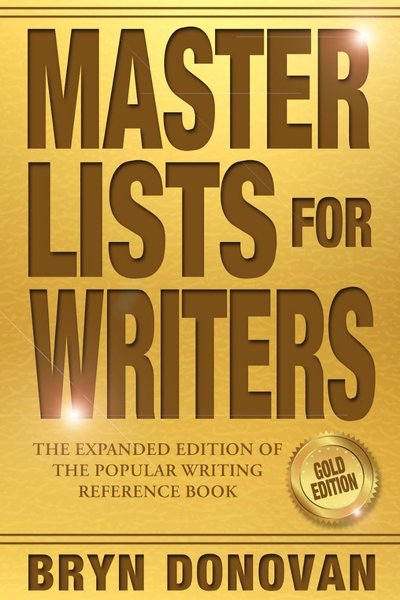
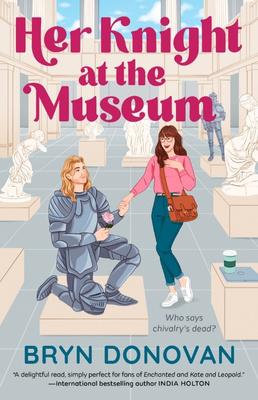
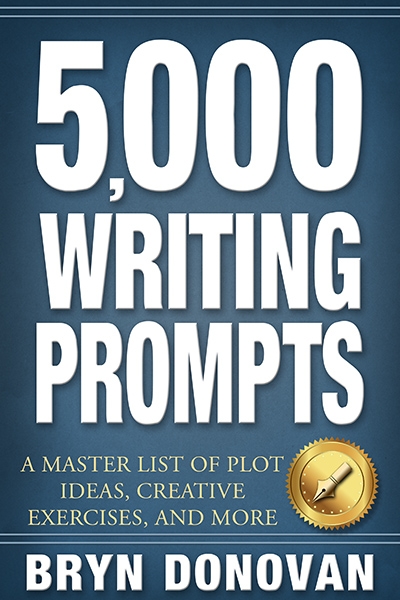
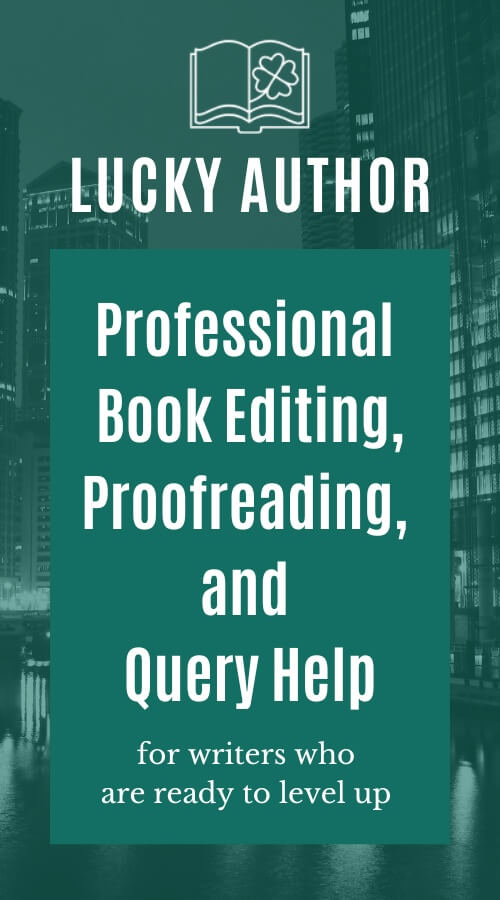
In Word, at least the older version I use, in order to get an em-dash, you type two hyphens and the program converts them to an em-dash.
All my writing programs work the same way, just type in two hyphens and boom! Em dash ?
Here’s why I don’t recommend doing it this way, but it may not be a concern to you! I’ve had issues in the past with em dashes being made with two hyphens causing formatting woes when we’ve put it in ebook form, like creating weird big spaces where they don’t belong. It’s so aggravating for a formatter to have to go through the whole book correcting those. It’s not a problem when an em dash is put in the way I’ve described above. That being said, programs are always being updated and it’s possible that this issue has been corrected.
Thank you. So many options to consider!
🙂 Thanks for reading, Tanya!
This is a topic I’ve never seen addressed before and have been stumped by. Thanks!
Glad it was helpful. 🙂 Thank you for reading!
This was wonderful! Thank you.
denise
Thanks, friend!
This post led me to a rabbit hole trying to insert em-dash using my laptop. I found a simpler way. In your word, go to Insert –> Symbol. Select “General punctuation” from “Subset” dropdown. You will find em-dash on the lower corner. And now the best part… you can assign a desired shortcut to it so that you don’t have to repeat this process again.
Oh, very nice! Thanks for sharing—I didn’t know. On the Mac I’m so used to the other way that it doesn’t slow me down, but it certainly did at first! 🙂 That’s going to help some people out!
I put a space before the – and a space after. In my Word program it automatically changes to an m dash. When I don’t put the before and after spaces it remains the single dash. If it happens automatically, will that create problems with formatting?
Thanks so much for this post. It’s good to know how to handle it. People don’t always take turns talking.
Hi Jessie! Thanks for reading! So, in American books, the em dash has no space before or after. Pretty much every American publisher uses Chicago Manual of Style, and that’s how it’s done there. I believe in British books, they more often use an en dash (a shorter dash that’s longer than a hyphen) with a space before and a space after, and I think that’s what you’re getting. If your work gets published with an American publisher, they will probably go through and switch all of those. If you self-publish, some American readers may notice that the dashes look different, but I don’t think it will trip them up. 🙂
I hope everything’s going well with you!
I had no idea about the em dash. I work in Pages. I will have to do a little research. Thanks for such a great post. I will be linking to it on my blog.
Rosi, thank you so much for linking. I really appreciate it! I’m sure you already know this, so I’m saying it for others’ benefit: if you submit work to a publisher, you’ll probably have to convert from Pages to Word, since most publishers use Word. I don’t think it’s too hard, though. 🙂 Thanks for reading and for the kind words!
Always good to read things in such a clear way even if you’ve figured it out already. I enjoyed this confirmation of how to handle this matter. Thanks a lot!
Ah, thank you, Akomachi. Thanks for reading! Happy Friday!
Using Word on Windows 11, the em dash is ctrl+alt and the minus sign on the number pad.